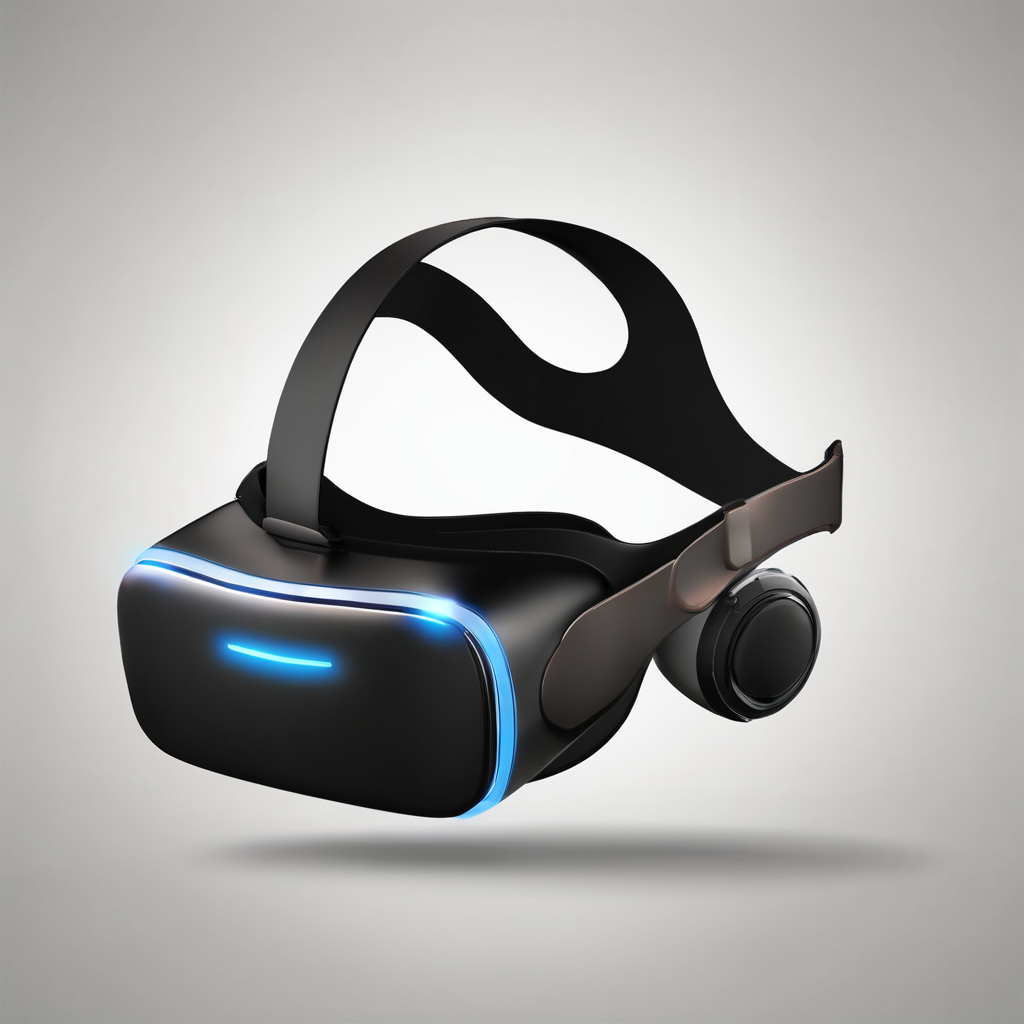Embarking on a remote scientific expedition is an exciting and challenging endeavor that requires meticulous preparation. One of the most crucial tools you’ll need is a well-configured smartphone. Whether you’re a seasoned researcher, a citizen scientist, or a photography expert, your phone can be an essential companion. By effectively configuring your device, you can ensure seamless communication, facilitate data collection, and stay connected regardless of your location. In this guide, we will walk you through how to optimize your smartphone for such ventures.
Why Your Smartphone is Vital for Remote Expeditions
In remote scientific expeditions, smartphones are more than just communication devices; they are versatile tools that can greatly enhance your research. With the integration of advanced technologies such as products iridium and short burst data (SBD), your phone can function reliably even in the most isolated locations. This section provides an overview of why having a well-configured smartphone is indispensable for your expedition.
Also read : What Are the Methods to Utilize Smartphones for Real-Time Weather Forecasting?
Modern smartphones come equipped with powerful processors and battery life that can handle demanding applications, from high-resolution photography to real-time data sbd transmission. Additionally, features like GPS, accelerometers, and diverse communication options make them invaluable for fieldwork. The inclusion of iridium satellite technology allows for seamless communication even when cellular networks are unavailable.
Being connected to the Iridium satellite network ensures that you can send and receive burst data, enabling you to transmit critical information back to your base station or fellow researchers. Furthermore, smartphones have become essential tools for citizen science projects, allowing participants to collect and share data in real-time. This capability is especially beneficial for monitoring climate change and other pressing environmental concerns.
Additional reading : How to Set Up a Smart Lighting System at Home Using Your Smartphone?
In essence, your smartphone can serve as a multi-functional device that supports various aspects of your expedition, from communication and navigation to data collection and analysis.
Setting Up Iridium Satellite Communication
Having a reliable communication system is paramount when you’re in remote areas. Iridium satellite technology offers unparalleled connectivity, ensuring you stay in touch and can transmit data wherever you are. This section will guide you through configuring your smartphone for iridium satellite communication.
First, you’ll need an iridium satellite device compatible with your phone. There are various products iridium available, designed to attach to your smartphone and enable satellite communication. Once you have the appropriate device, the next step is to install the necessary firmware update to ensure seamless integration with your phone’s operating system.
After updating the firmware, you’ll need to activate the satellite service. This process usually involves registering your device and setting up a subscription plan that suits your needs. Once activated, you can use the dedicated app to manage your satellite communication. Iridium satellites support short burst data transmission, allowing you to send and receive small packets of information efficiently. This feature is particularly useful for sending status updates, GPS coordinates, and other critical data.
For a quick start, follow the user manual provided with your iridium device, ensuring that all settings are correctly configured for optimal performance. It’s also advised to test the communication setup before embarking on your expedition. This way, you can troubleshoot any issues and ensure that you are fully prepared to stay connected in remote locations.
Enhancing Data Collection and Analysis
Data collection is at the heart of any scientific expedition. Your smartphone can be a powerful tool for gathering and analyzing data in the field. This section focuses on optimizing your device for efficient data collection and analysis.
One of the first steps is to install relevant apps that facilitate data collection. There are numerous apps designed for different scientific disciplines, ranging from climate change monitoring to biodiversity surveys. Choose apps that support offline data collection, ensuring you can record observations even without internet access. Some apps also offer real-time data synchronization, so you can update your database as soon as you regain connectivity.
Battery life is a critical factor when using your smartphone for extended periods in the field. To conserve power, disable non-essential features like Bluetooth and Wi-Fi when not needed. Additionally, carry a portable power bank to recharge your phone on the go. Investing in a solar charger can also be beneficial for longer expeditions.
For those involved in photography as part of their research, ensure your smartphone’s camera settings are optimized for capturing high-quality images. Utilize the manual settings to adjust exposure, focus, and white balance according to the environmental conditions. High-resolution images can provide valuable data for science projects and case studies.
Data security is another important consideration. Make sure to back up your data regularly to a secure cloud storage service. This will protect your data from loss in case your device is damaged or lost. Encrypting your data adds an extra layer of security, ensuring that sensitive information is protected.
Maximizing Battery Life and Device Durability
In the rugged conditions of a remote expedition, your smartphone needs to be durable and have a long-lasting battery. This section provides tips on maximizing battery life and ensuring your device can withstand the harsh environment.
Start by investing in a robust phone case that offers protection against drops, dust, and water. Many cases are designed specifically for outdoor activities and provide a good balance between durability and usability. Screen protectors can further safeguard your device from scratches and impacts.
Battery management is crucial for maintaining your phone’s functionality throughout the expedition. Use power-saving modes to extend battery life. These modes typically reduce background activities, dim the screen, and limit performance to conserve energy. Adjusting screen brightness and turning off location services when not needed can also help save power.
Consider bringing spare batteries or an external battery pack. Lightweight and high-capacity battery packs are available that can provide multiple charges for your phone. Solar chargers are another excellent option, especially for extended stays in remote areas with ample sunlight.
It’s also a good idea to regularly check for firmware updates. These updates often include improvements in battery management and device performance. Ensure that your phone’s software is up-to-date before you embark on your expedition.
Leveraging Citizen Science and National Geographic Resources
Citizen science initiatives and resources from organizations like National Geographic can greatly enhance your expedition. This section explores how to leverage these resources for your scientific research.
Participating in citizen science projects allows you to contribute valuable data to global research efforts. Many citizen science platforms have dedicated mobile apps that you can use to record observations and upload data. These apps often come with built-in guides and tutorials, making it easy for anyone to participate, regardless of their scientific background.
National Geographic offers a wealth of resources that can support your expedition. Their mobile apps provide access to detailed maps, field guides, and educational content about various ecosystems and species. These resources can be invaluable for identifying flora and fauna, understanding local geography, and gaining insights into the environmental context of your research.
Moreover, National Geographic’s community forums and social media channels allow you to connect with other researchers and share your findings. This collaborative approach can lead to new insights and potential partnerships, enhancing the impact of your expedition.
For data collection and analysis, National Geographic’s tools can complement the capabilities of your smartphone. Their GIS (Geographic Information System) tools, for example, can help you visualize spatial data and conduct geospatial analysis. By integrating these tools with the apps and features on your phone, you can create a comprehensive system for managing and analyzing your research data.
Configuring your smartphone for optimal use in remote scientific expeditions involves several key steps. By ensuring reliable communication through iridium satellite technology, enhancing data collection and analysis capabilities, maximizing battery life, and leveraging resources from citizen science initiatives and National Geographic, your smartphone can become an invaluable tool for your research. Follow these guidelines to stay connected, efficiently collect data, and ensure your cell phone withstands the challenges of the expedition. With the right preparation, your smartphone will not only support your scientific endeavors but also enhance the overall experience of your expedition.











